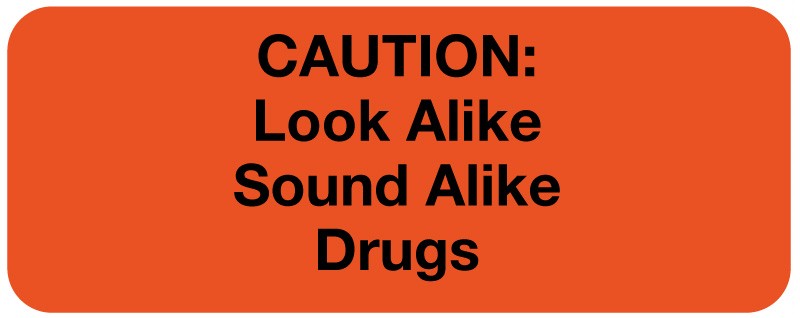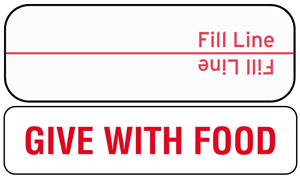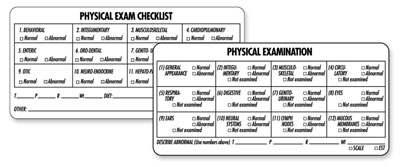What Causes Medication Dispensing Errors?
The fact is, medication errors occur for various reasons. And regardless of whether a doctor or technician performs the dispensing, it’s confusion from:
- Similar drug names
- Using abbreviations and acronyms instead of the actual drug names
That caused the most mistakes.
Look-alike, sound-alike drugs aren’t a new phenomenon, yet like the movie Groundhog Day where Bill Murray finds himself reliving the same day over and over again, these types of errors repetitively occur.
In fact, workload, experience and pharmacology knowledge of the veterinary professional all contribute to error rates. But, using anesthesia labels that clearly mark the drug name and alert the staff to those that look or sound similar are one way to minimize this problem.
Is It The Right Dose?
Furthermore, difficult to read fill lines for syringes and other medication dispensing devices can elevate inaccuracies.
Consequently, eliminating abbreviations and written instructions where possible is the first step. Plus, adding a medication instruction label can help clarify the dosage guidelines for both the veterinary professional and the pet owner. Lastly, highlighting the proper fill line on a vial or syringe increases medication dispensing accuracy.
Communication Errors Are Also An Issue
Regardless of the organization, it’s challenging to communicate effectively. But, when you add the dozens of variables typical in veterinary medicine, the complexities multiply. So, it’s not surprising that communication is another common cause of medical errors.
Consider a typical workflow. It starts with a team member choosing when, where and how to communicate. The information is then transmitted to another team member via electronic systems, handwritten notes, treatment sheets, or verbal instruction. Finally, the receiver must accurately hear, interpret and remember the information which is particularly susceptible to error, especially with difficult to read handwritten notes.
Ultimately, if any step in this process fails, information may be lost or miscommunicated, significantly impacting patient care.
Clear communications reduce medical errors. To help address the medication dispensing challenges detailed above, minimize handwritten notes and suspend the use of abbreviations and acronyms where possible. Furthermore, use a checklist, such as an examination record. It details the necessary steps to follow, highlights missing or incomplete information and minimizes incorrect interpretations.
Adhering To A Process
The study detailed in this blog post demonstrates that medical errors have a substantial impact on veterinary patients. Although it’s impossible to prevent all errors, establishing and adhering to a set process will improve outcomes.
United Ad Label
From anesthesia and medication instruction labels to examination room checklists, UAL stocks hundreds of products that help improve veterinary practice communications. Contact us to learn more.


